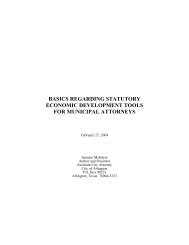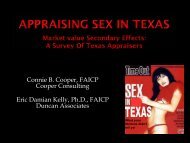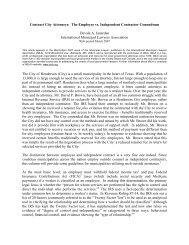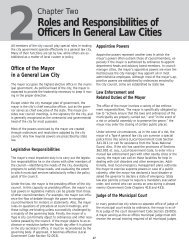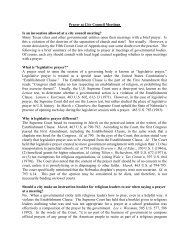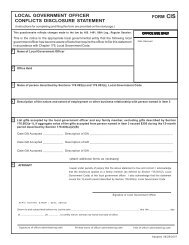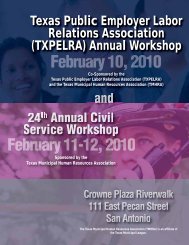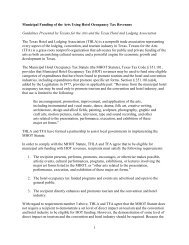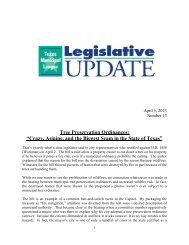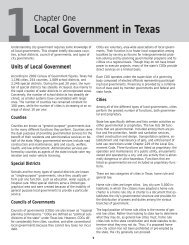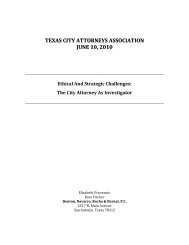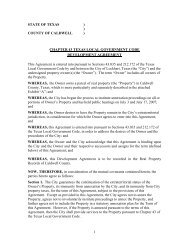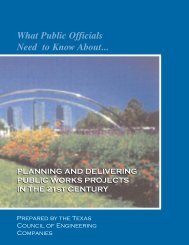Center for Responsible Lending Car Title Loans Report
Center for Responsible Lending Car Title Loans Report
Center for Responsible Lending Car Title Loans Report
Create successful ePaper yourself
Turn your PDF publications into a flip-book with our unique Google optimized e-Paper software.
BORROWER STORIESShanell White of Elk Grove,Cali<strong>for</strong>nia, needed money topay <strong>for</strong> rent after her expensesincreased when she began tocare <strong>for</strong> her niece. She took outa $3,900 installment title loanusing her car—worth $12,000—as collateral. After having paidnearly $10,500 over three years,she was told she still owed thefull principal that she had borrowed.The lender repossessedand sold the car yet still sent hera bill <strong>for</strong> the loan after. “To me,it’s just modern-day loan sharking.People are being takenadvantage of,” she concluded(Said, 2013).Sean received a $1,500 car-titleloan, which he renewed over40 times—paying over $11,500 ininterest—be<strong>for</strong>e receiving helpfrom family to pay off the principal.He said, “I was too embarrassedto ask my parents <strong>for</strong> theinitial loan money, [but] endedup borrowing money fromthem to make some of thepayments and ultimatelyhad to ask them to pay off thewhole loan, after losing tonsof money along the way”(Martin & Adams, 2012).<strong>Car</strong>-title lenders claim that they repossess a relatively smallnumber of vehicles compared with the number of loans made.However, the more relevant statistic is the number of repossessionsrelative to the number of borrowers, since most 30-daycar-title borrowers take out many loans. In our litigation dataset, one in six borrowers (17%) incurred a repossession fee,typically $350–$400, which averaged half of the borrower’soutstanding balance.Martin & Adams (2012) found even higher repossessionrates in New Mexico between 2004 and 2008. Over this time,annual repossession rates ranged from 20% to 71%, dependingon the year that the loans were made. Some of these borrowersultimately paid back the loan (with substantial additional repossessionand other fees). However, as shown in Figure 5, therates of vehicle loss increased substantially from 2004, whenthe rate was 15%, to 2008, when 60% of borrowers permanentlylost their vehicles. This suggests that more borrowersgot into trouble as they were unable to get out of their loans.Figure 5: New Mexico <strong>Car</strong>-<strong>Title</strong> Repossession and Vehicle Loss Ratesby CustomerYear 2004 2005 2006 2007 2008Repossession Rateby Customer 28.7% 20.2% 53.1% 47.5% 71.2%Vehicle Loss Rateby Customer 14.6% 13.0% 41.0% 37.0% 60.1%Source: Martin & Adams, 2012Repossession and other fees are added to a borrower’s runningbalance. As a result, despite the low loan-to-value ratio ofthe initial loan, nearly all proceeds of the repossession sale godirectly to the lender.124The State of <strong>Lending</strong> in America and its Impact on U.S. Households



